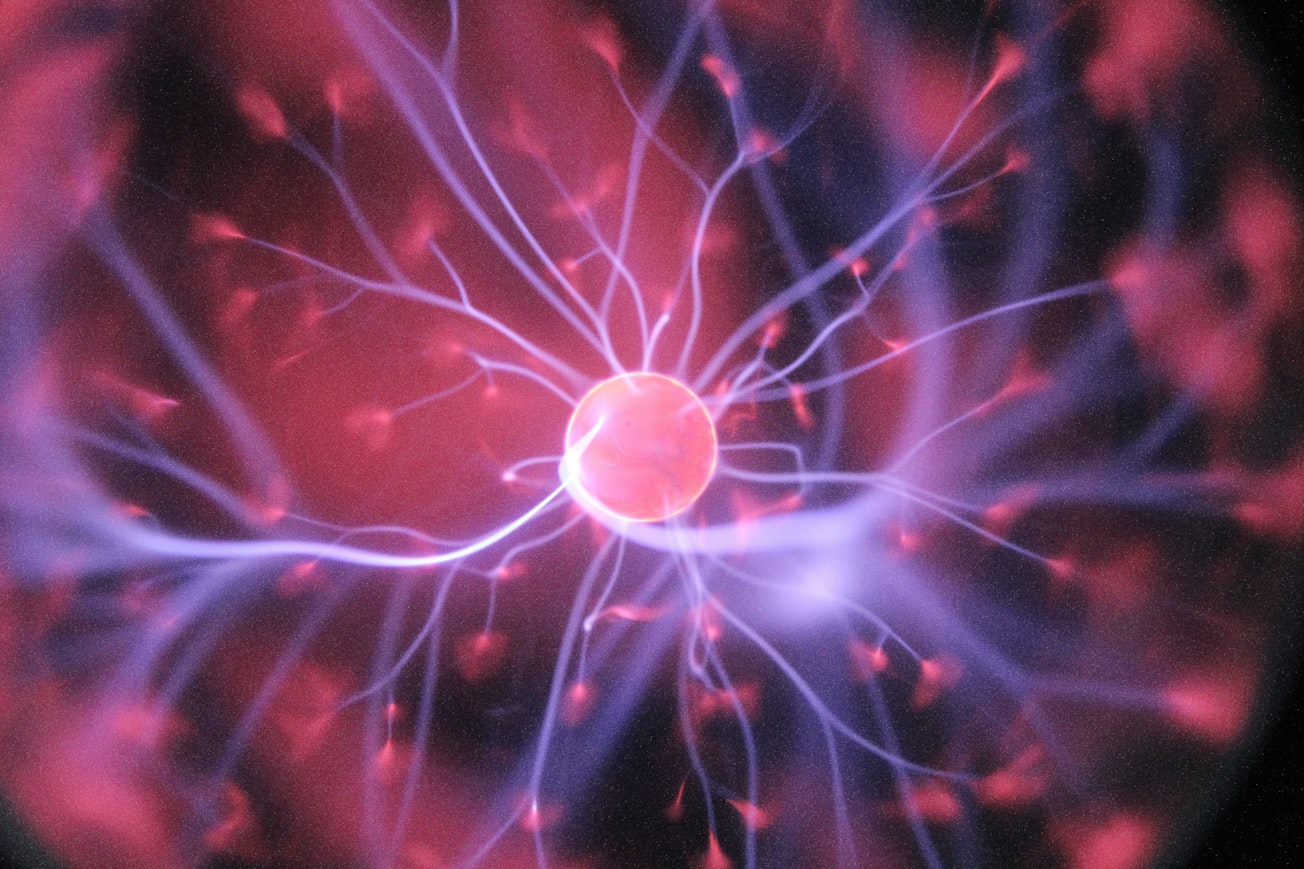What is it about?
Neural activity in the brain arises from interactions between excitatory and inhibitory neurons. Although there exist many subtypes of inhibitory neurons, their roles for modulating brain activity are unclear. Clarifying the role of inhibitory neurons is important for both our general understanding of brain function, and for untangling the pathophysiology of disorders characterised by impaired inhibition such as epilepsy. In this work we developed a computational network model that incorporated both excitatory and inhibitory neurons, and possessed network parameters based on experimental data. We then show that one major subtype of inhibitory neuron, known as fast-spiking", is particularly important for controlling the amount of excitation generated within brain circuits. Furthermore, this property allows brain circuits to transition into a mode of activity known as an "inhibition stabilised network". Inhibition stabilised networks are important for supporting certain cognitive functions, and may predispose brains to generating excessive excitatory activity, such as that observed during epileptic seizures. Finally, we analysed our model to investigate the specific biological characteristics of fast-spiking inhibitory neurons that enable them to regulate network properties. We found that the rapid intrinsic responsiveness and synaptic transmission speeds of fast-spiking neurons are of greatest importance for network modulation.
Featured Image

Photo by Hal Gatewood on Unsplash
Why is it important?
Abnormalities of brain excitation-inhibition balance underly neuropsychiatric illnesses such as epilepsy and schizophrenia. A deeper understanding of how the brain fine-tunes excitation-inhibition balance will accelerate our knowledge of these disorders and the search for better therapies. This study provides an important link between excitation-inhibition balance at the neural circuit scale, and underlying cellular and synaptic properties that can be targeted by drugs and neurotransmitter systems.
Read the Original
This page is a summary of: State transitions through inhibitory interneurons in a cortical network model, PLoS Computational Biology, October 2021, PLOS,
DOI: 10.1371/journal.pcbi.1009521.
You can read the full text:
Resources
Contributors
The following have contributed to this page










